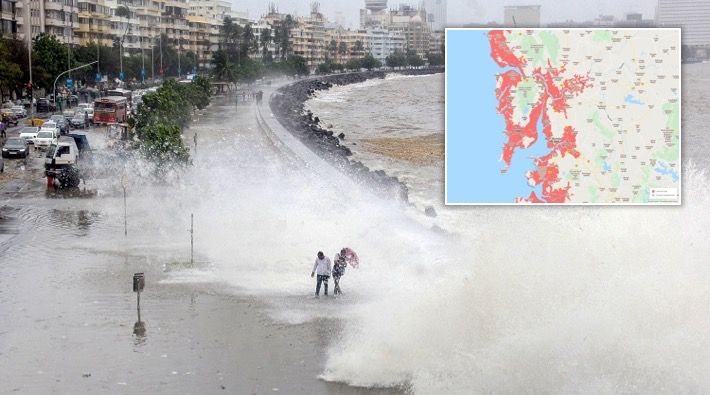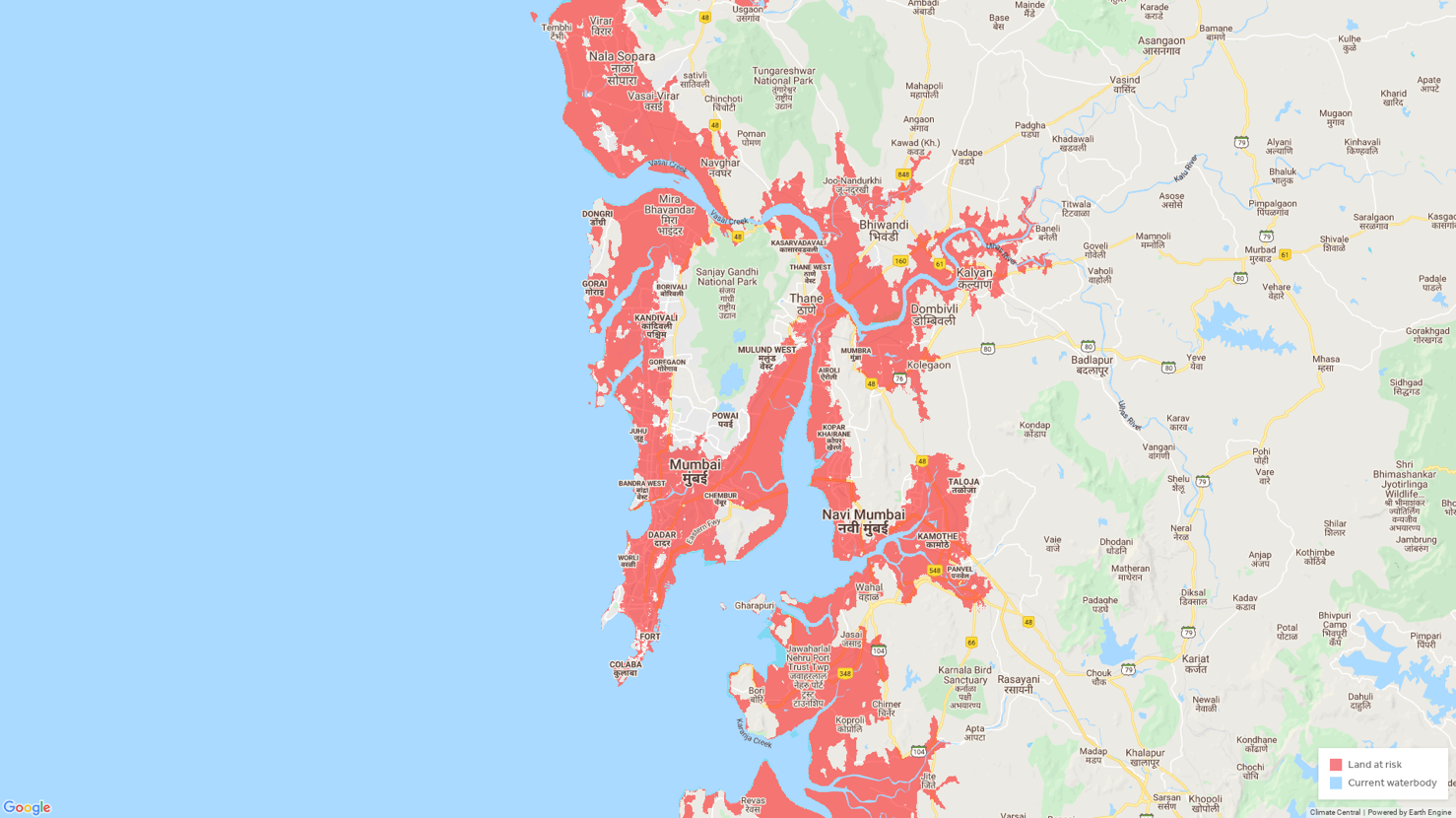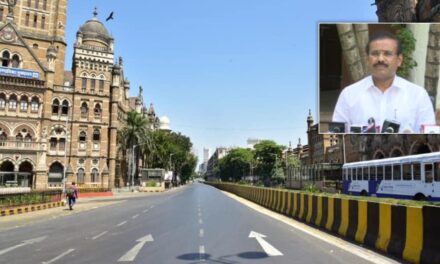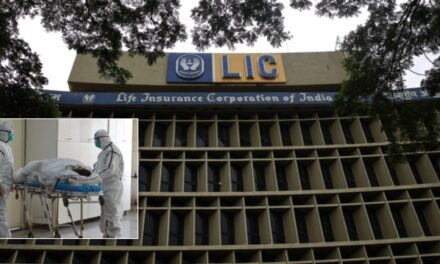
Mumbai could be submerged by 2050 amid rising sea levels: Study


By 2050, most of southern Mumbai may sink at least once a year below the projected high tide line, which indicates the mark of the year’s highest tide
Mumbai, the country’s financial capital and among the most densely populated cities in the world, is at the risk of being submerged by the year 2050, according to a study on the impact of rising sea levels.
Apart from India, other Asian countries like Bangladesh and Indonesia may see a five to tenfold increase in the population living below the projected high tide line by the end of the century, the study published in the journal Nature Communications said.
The study, published on Tuesday, put together estimates of future water level rise with current projections of population density increase in major parts of the world.
Most of southern Mumbai may sink at least once a year below the projected high tide line, which indicates the mark of the year’s highest tide, by 2050. Mumbai has a population of 1.25 crore, according to the last census in 2011.
“Built on what was a series of islands, the city’s historic downtown core is particularly vulnerable,” the New York Times said in a report based on the study.
It also published a series of maps showing parts of Mumbai as well as Bangkok and Shanghai submerged by 2050.

Parts of Mumbai that could be prone to flooding by 2050 (Courtesy: Climate Central)
The research was published by Scott A Kulp and Benjamin H. Strauss of Climate Central in the US, a non-profit news organisation comprising scientists and journalists. It contains new estimates on the impact of rising sea levels.
According to the researchers, nearly 25 crore people around the world currently live on land that may go below water levels during annual floods. It further noted that three times as many people may be affected as earlier projections estimated.
By the new estimate, the researchers wrote in the study, one billion people now occupy land that is less than 10 metres above current high tide lines, including 25 crore below one metre.
The researchers said eight Asian countries — China, Bangladesh, India, Vietnam, Indonesia, Thailand, the Philippines, and Japan — housed more than 70 percent of the total number of people currently living on affected lands worldwide.
Based on the revised estimates they said India, Bangladesh, Indonesia, and the Philippines may see a five to tenfold change in estimated current populations below the projected high tide line.
By 2050, about 34 crore people would settle in places that may be submerged during yearly floods, and up to 63 crore by the end of this century, the study noted.
“Even with low carbon emissions and stable Antarctic ice sheets, leading to optimistically low future sea levels, we find that the global impacts of sea-level rise and coastal flooding this century will likely be far greater than indicated by the most pessimistic past analyses,” the researchers said.
They cautioned that coastal communities worldwide must prepare themselves for much more difficult times in the future than what is anticipated if current trends of greenhouse gas emissions continue.












